The Warmth Beneath Our Feet
The evolution of interior design and technological advancements in housing materials have expanded our flooring options. Among these, carpets have perennially remained a favourite, notably for their heat retention properties. This article delves into the heat insulation abilities of different carpet types and their effects on energy costs.
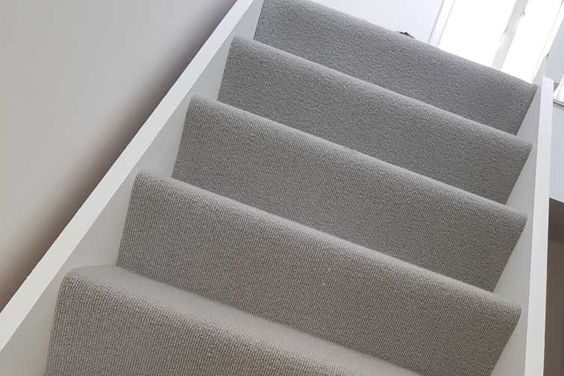
The Insulation Principle
At their core, carpets operate on a simple principle: air entrapment. This trapped air acts as an insulating layer, effectively barring the free flow of heat. Consequently, carpets can effectively thwart heat loss during winter and stave off heat ingress during summer, thereby optimising room temperature. But, as in any ensemble, not all carpets are cast alike, with their insulation potential hinging on their material, density, and thickness.
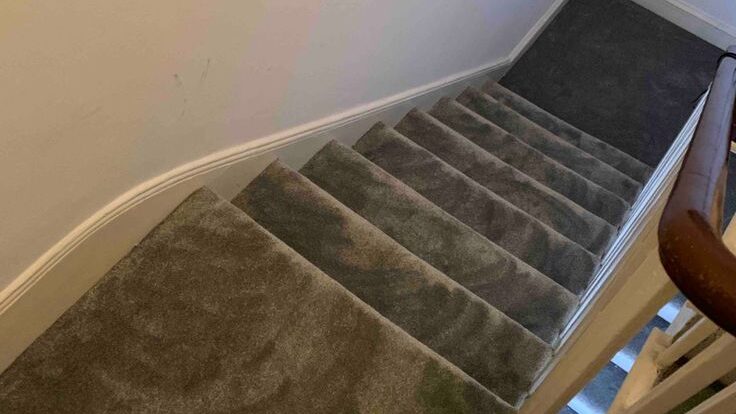
The Material Matter
Among the diverse portfolio of carpet materials, wool carpets are the undisputed champions of heat retention. Wool’s crimped fibres create tiny pockets of air that double as efficient insulation barriers. Moreover, wool has high thermal resistance, meaning it can hold onto warmth longer. However, the luxury and efficacy of wool come at a higher price tag compared to synthetic alternatives, and they make great coverings for stairs too such as wool carpet stair runners.
The Synthetic Substitute
Conversely, synthetic carpets, including those made from nylon or polyester, while easier on the wallet, feature lower thermal resistance. However, their heat retention properties can receive a boost through carpet fibre density. Denser carpets harbour more fibres per square inch, providing a sturdy barrier against heat transfer. Therefore, a high-density synthetic carpet can offer comparable insulation to a low-density wool carpet, bridging the affordability-efficiency gap.
The Thickness Factor
Carpet thickness, or pile height, is another key player in the insulation game. Carpets with a thicker pile, like Saxony and frieze-style carpets, excel at insulating because they have more air-trapping space. The long, loose fibres of these styles provide a thicker, more insulating layer, such as these synthetic carpet runners.
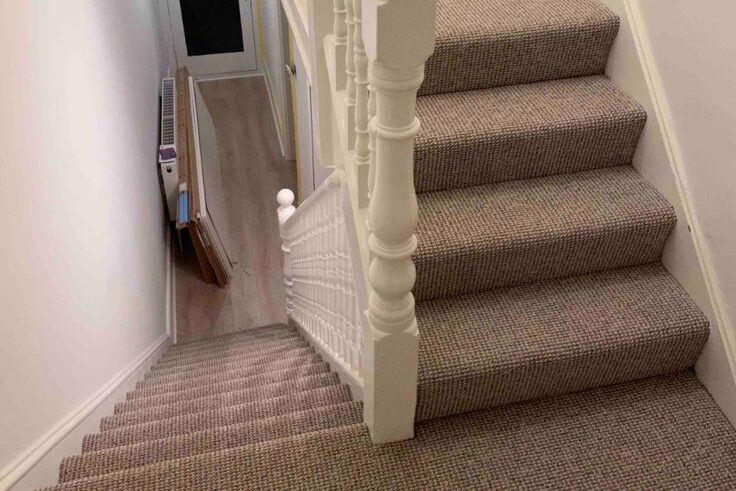
The Underlay Underdog
Underlay, though often sidestepped in the discussion, also carries a significant torch in the insulation relay. A quality underlay can amplify the insulating abilities of any carpet type, making it a promising investment for homeowners looking to optimize energy efficiency, such as this excellent dense flooring underlay.
The Energy Equation
So, how does this all tie into your energy costs?
The proficiency of your carpet’s insulation directly influences your heating or cooling system’s burden. A well-insulated room demands less energy to maintain a comfortable temperature, thus shrinking energy consumption. Considering that heating and cooling typically gobble up a lion’s share of household energy bills, selecting the right carpet can shepherd substantial long-term savings. And of course if it is going to work with underfloor heating that is another consideration and you really want to get some expert heating advice on that subject.
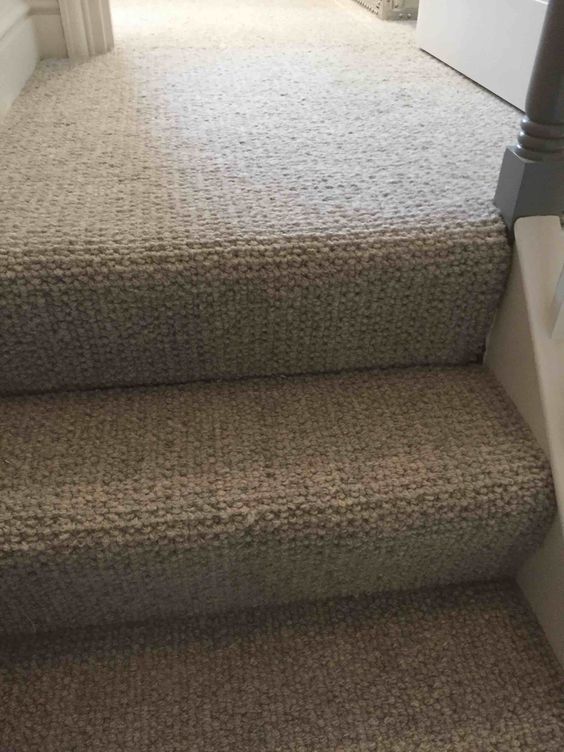
The Final Layer
In conclusion, while carpets bestow a stylish touch to any room, they also confer tangible benefits in terms of heat insulation and energy cost reduction. Understanding the relationship between carpet material, density, thickness, and underlay is crucial. Although wool carpets command the heat retention scene, a high-density, thick-piled synthetic carpet armed with quality underlay can offer a cost-effective, energy-efficient alternative.
As we step up the fight against climate change and confront rising energy costs, the humble carpet lays out a compelling route for eco-friendly, budget-conscious interior design. Our Burmatex Dapple Collection offers an array of choices that strike a balance between aesthetics, heat insulation, and price point.
Beyond Carpets: Comprehensive Heat Management
However, it’s important to remember that carpets are just one aspect of heat management in a home. An integrated approach that includes smart heating systems, proper insulation, and efficient energy use is key to achieving the maximum potential in energy savings.
Websites such as Heat Adviser provide a wealth of information on heating systems and energy efficiency. For example, their article on underfloor heating vs radiators provides valuable insights that can further help homeowners make informed decisions.
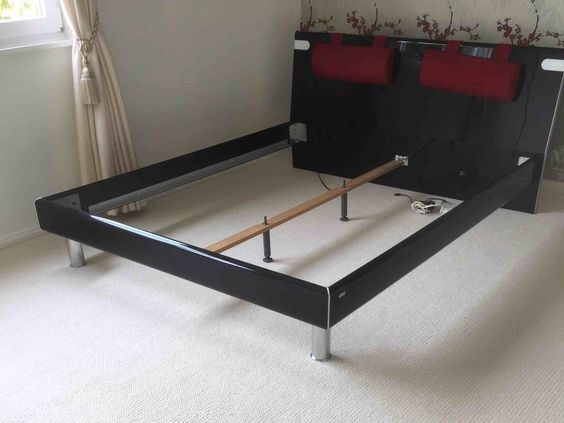
Incorporating Carpeting into Your Heat Management Strategy
Carpets, particularly those with high insulation properties, can be a powerful ally in your home’s overall heat management strategy. As we move towards a future where sustainable living and energy efficiency are of prime importance, integrating such aspects into our daily lives will become increasingly important.
When chosen wisely and paired with an overall energy-conscious strategy, the right carpet can lead to substantial savings on energy costs and contribute to a more comfortable, environmentally-friendly living space.
Remember, every step towards energy efficiency, no matter how small, is a step in the right direction. So why not begin with the very surface we step on – our flooring. A well-chosen, well-placed carpet might be the first step towards a warmer, more energy-efficient home.
